Keeper's Curse Game Mechanics
Hello and welcome to another Keeper’s Curse blog post! This week, we are going to share some insights into our core mechanics and dive into how we make things work at Byte Size Studios. Our programming team consists of four individuals; Carson Kompon, Amber Lemon, Russell Wyatt and myself, Dylan Loro. We are all very excited to show you our work, so let’s dive on in!

Background Mechanics
The background mechanics of our game are for the most part, hidden. Most players will not realize how they affect the game, but they are important. The wave system ramps up in difficulty as the player clears waves and unlocks new zones. This means that both our wave system and our enemy spawning system work in tandem. Each zone has a different enemy native to it which increases its chances of spawning even if that enemy is more difficult and meant to be in another wave.
For example, on wave one through four if you are in Shipwreck Shores, the Angry Angler has a 100% chance of spawning.
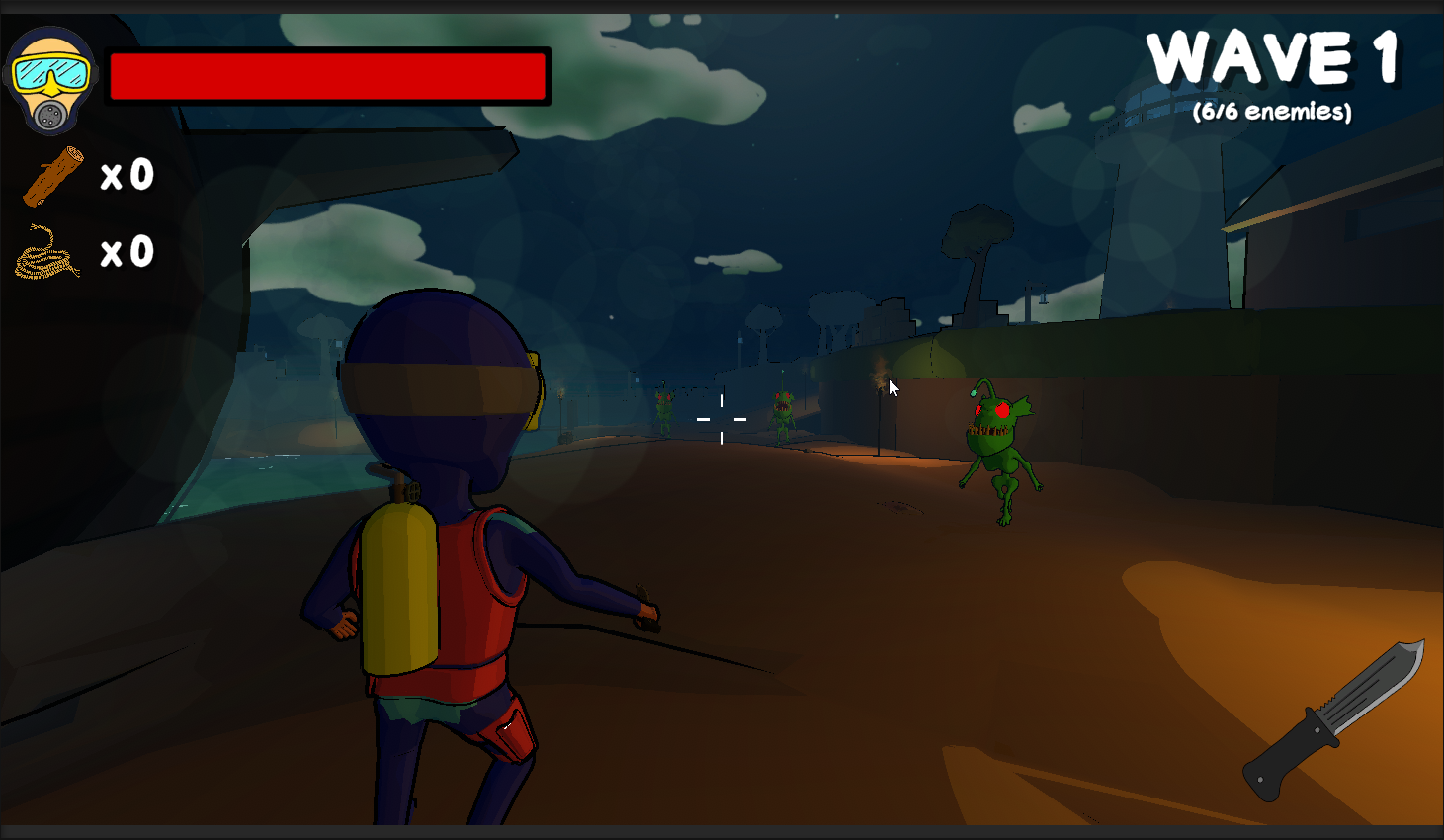
Though, if you find yourself in the Tombstone Ruins, the Spooky Seahorse has a 100% chance to spawn.
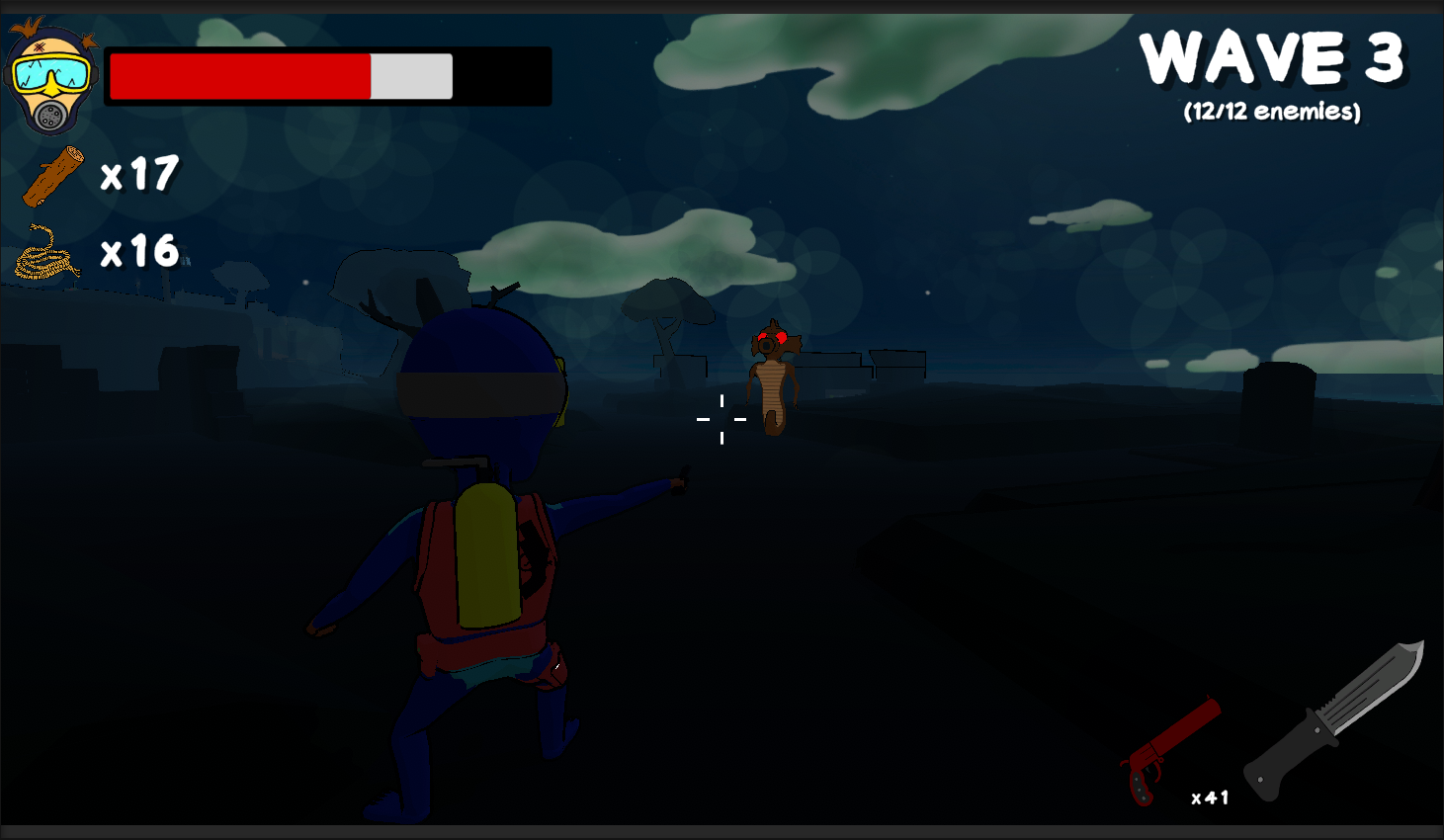
The last area, the Demolished Precipice, is where the player will find Snappy Scales in abundance.
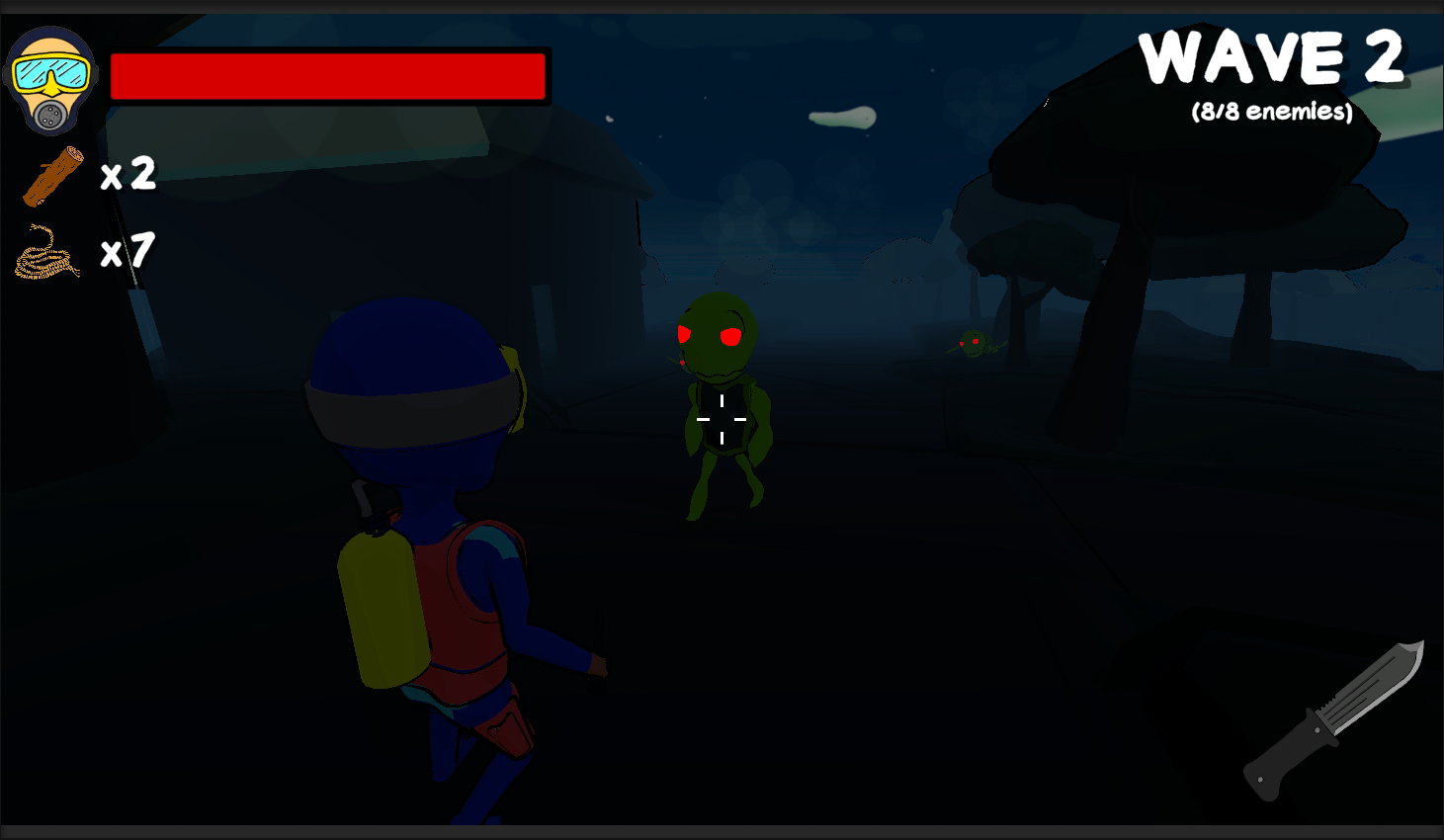
Enemies are spawned from puddles placed around the map, but the position in which they spawn will be random.
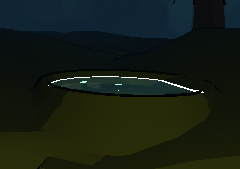
The last background system is the resource system. Every time an enemy dies, they will spawn some woob, rope or ammo. These resources are very important for escaping the island as they can build the bridges that the player needs to cross to get to the next generator and get better weapons.
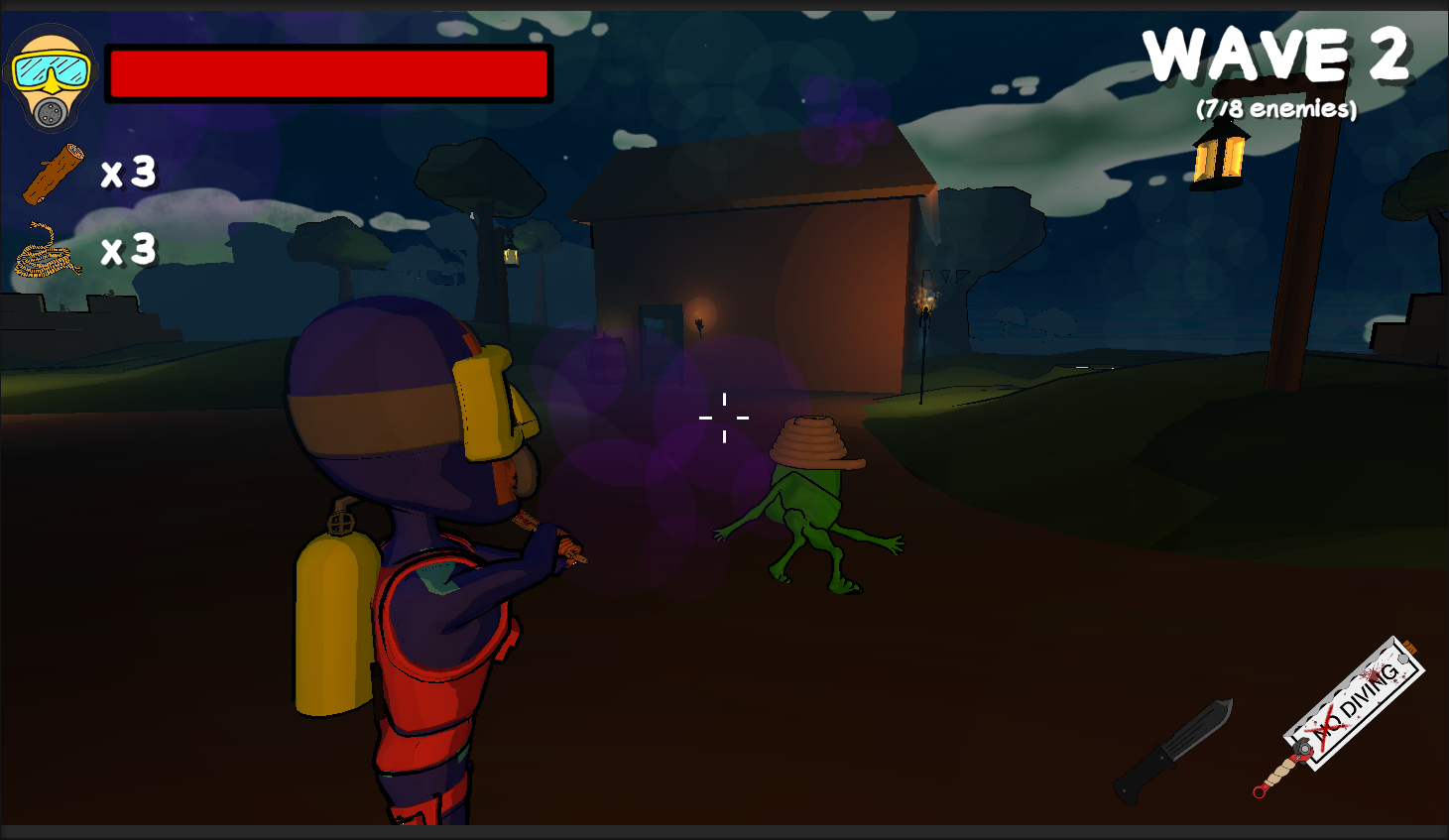
Player Movement
We had to think of how humans would move while designing Casey Trench. Well, what can we do? We can walk, run, jump, crouch, swim… Wait! The list was becoming too long while we had limited resources. As a team, we wanted to keep the game feeling arcade-like. So we locked it down to only the basic necessities. Eventually, we decided that Casey Trench can walk, strafe, run, jump, and that was it. Keeping with that arcade-like feel, we wanted the sprinting to be snappy. It is realistic to have to wait to get to full speed, but it is not fun.
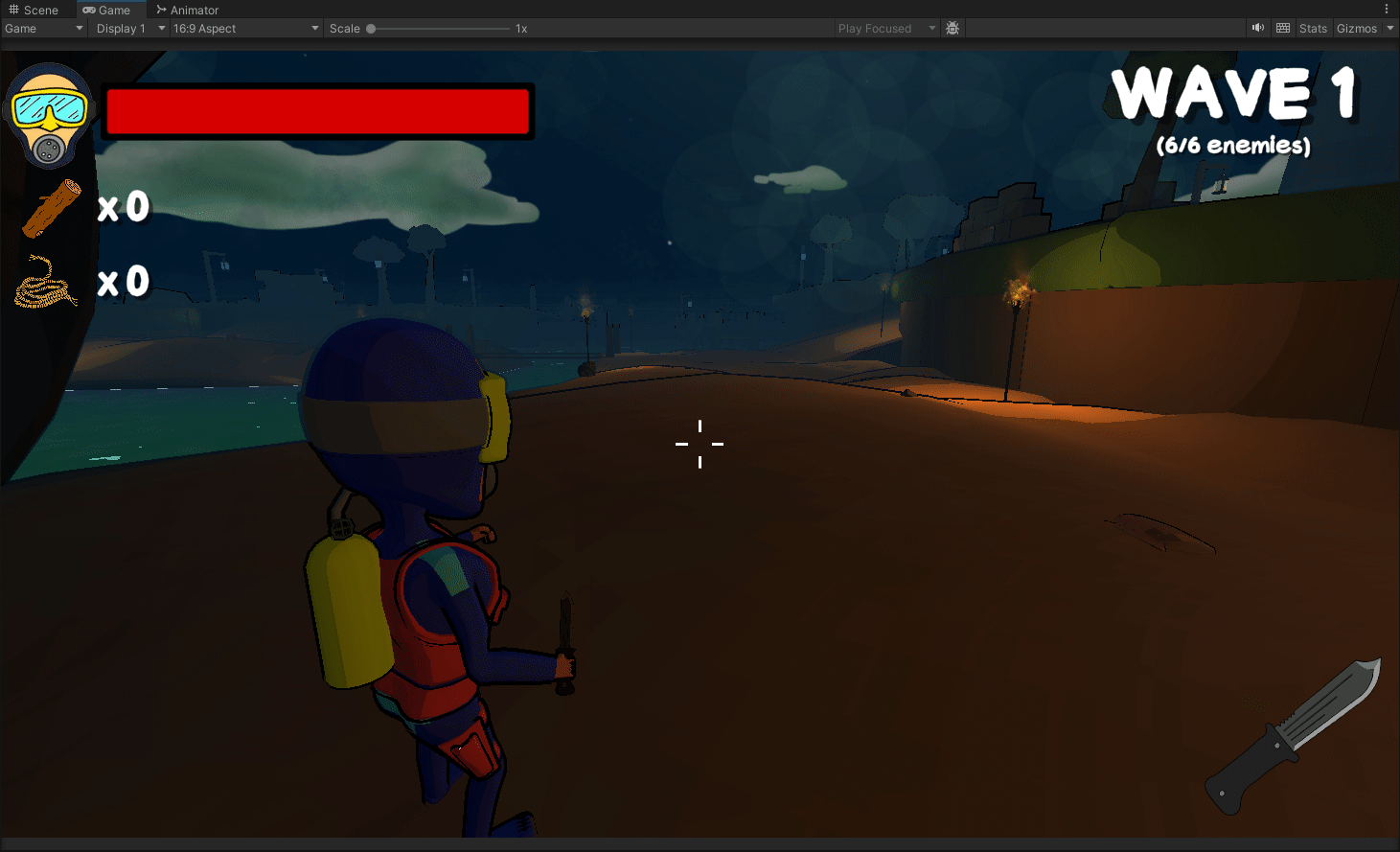
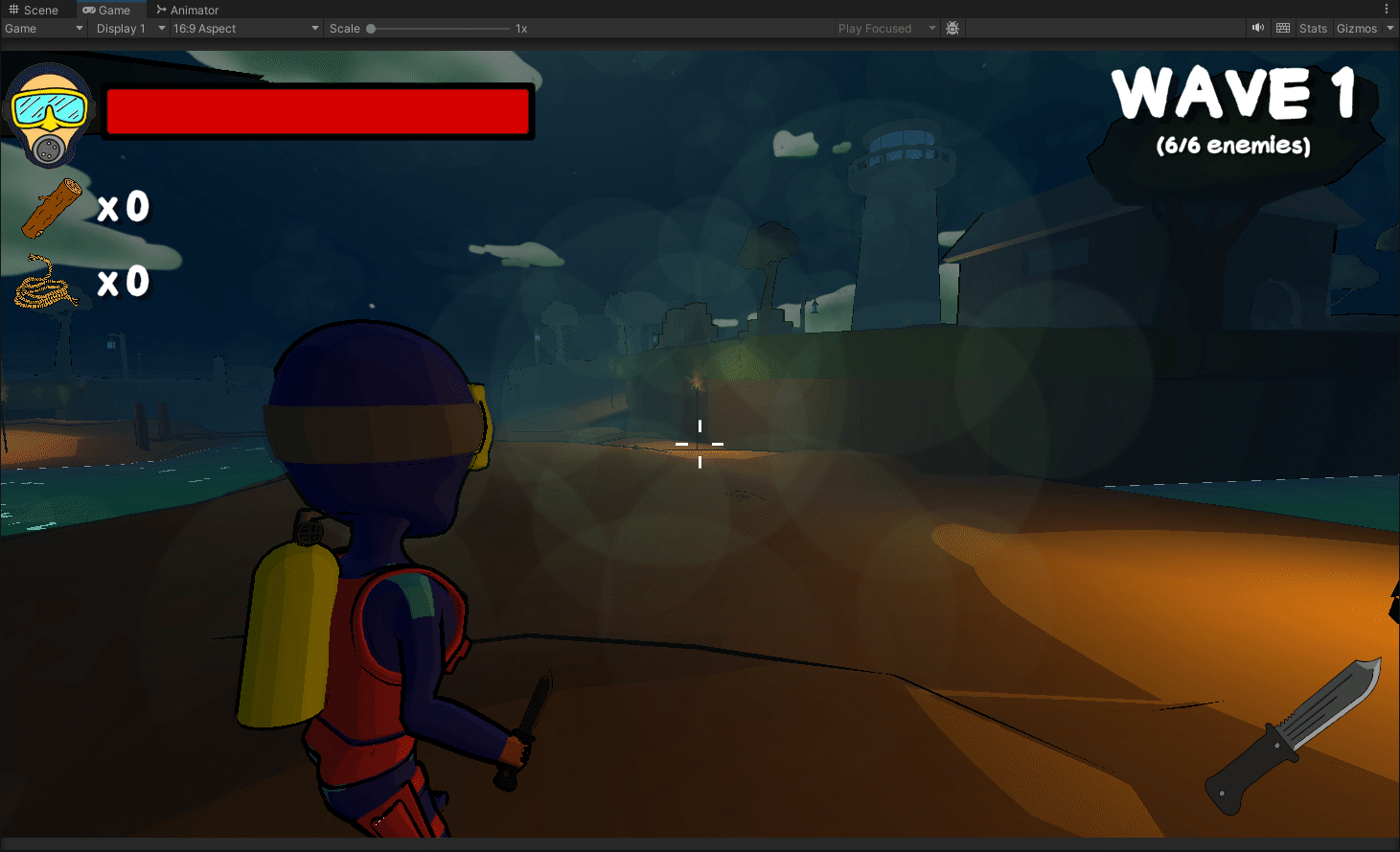
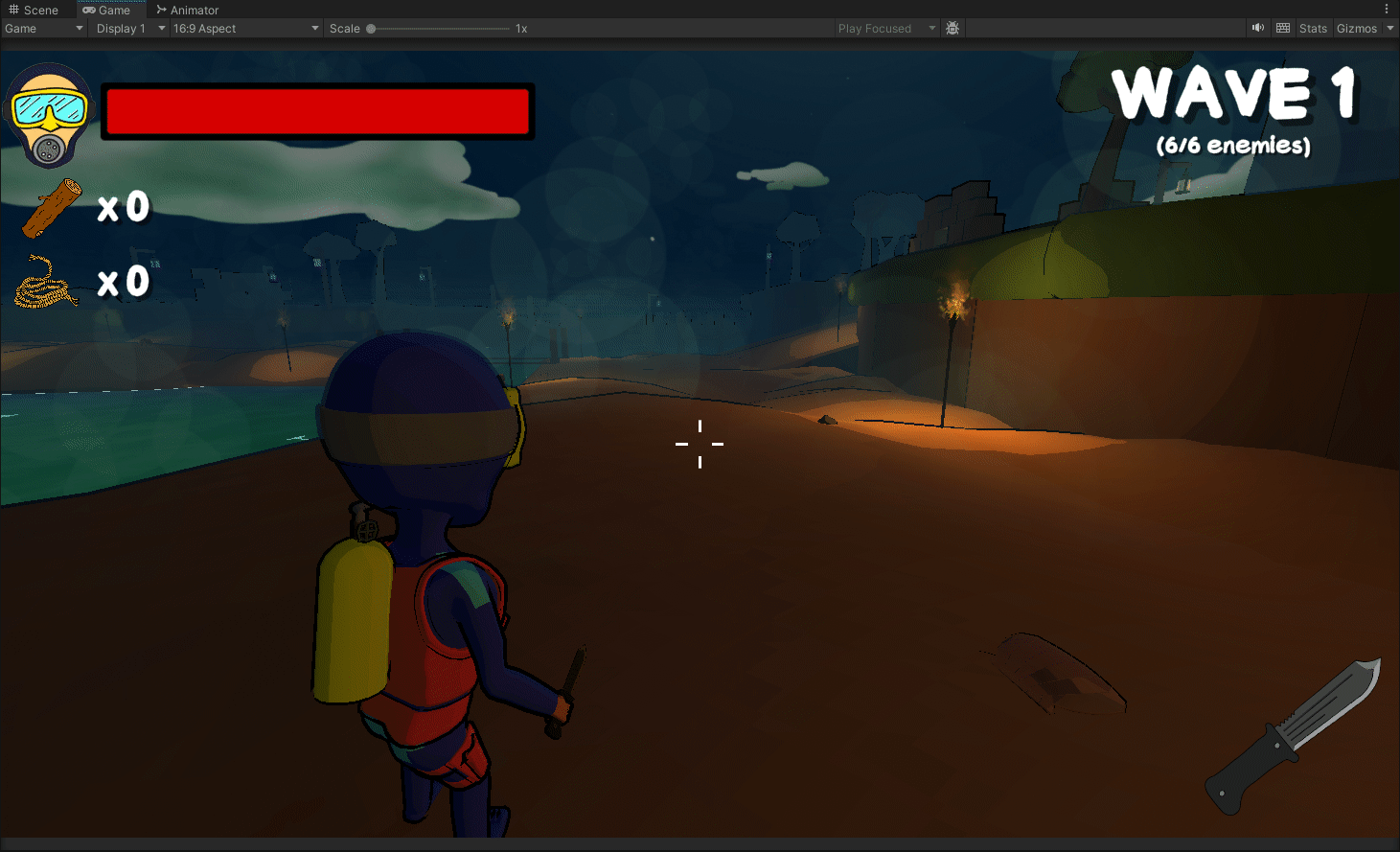
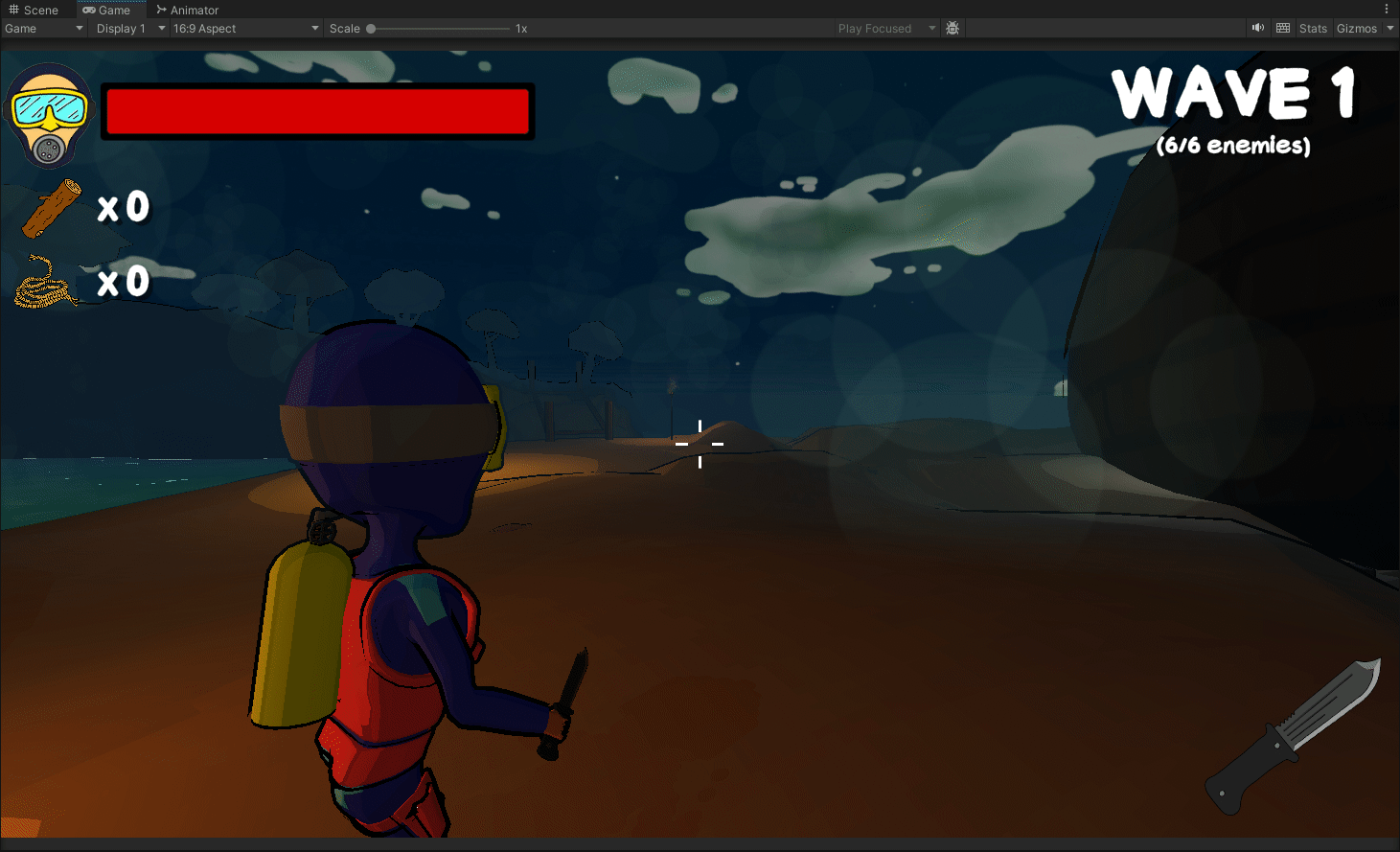
Enemy AI & Movement
The enemy AI in Keeper’s Curse runs off a simple finite-state machine with the AI only having two to three states that they operate in each. Due to the nature of our game, the AI never needed a state for idling or patrolling, as they are always moving towards the player. Our enemy types went through a couple of iterations with how they move to better fit into the game. At first, the Snappy Scales were only supposed to patrol the island until they saw the player, but after playing and iterating on it, we decided that it needed work. Now, the Snappy Scales drags itself towards the player, but upon entering its field of vision, it jumps up and starts sprinting towards them.
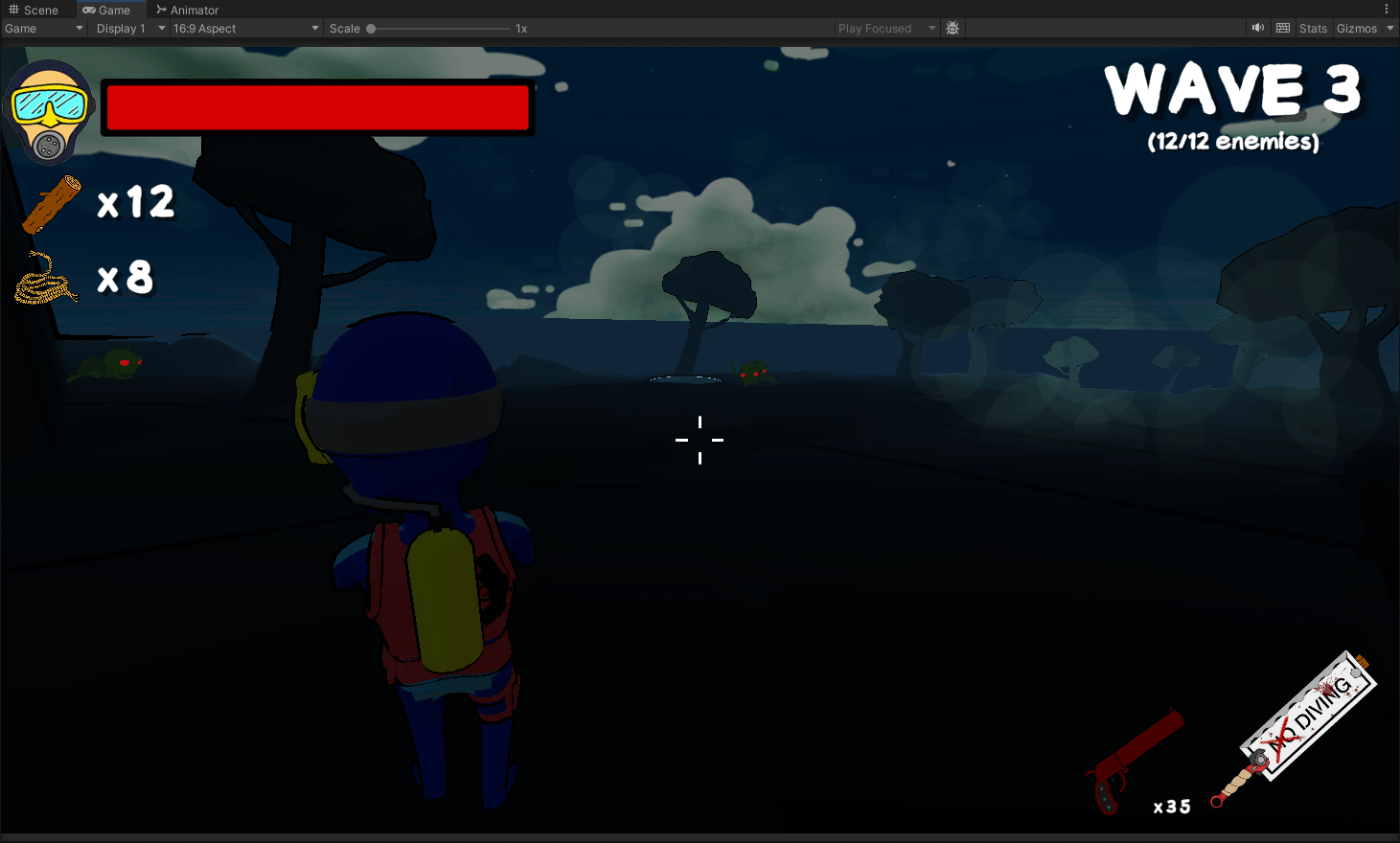
Though, some enemy types never really needed iteration. The Angry Anglers were always meant to be slow moving and easy to out maneuver.
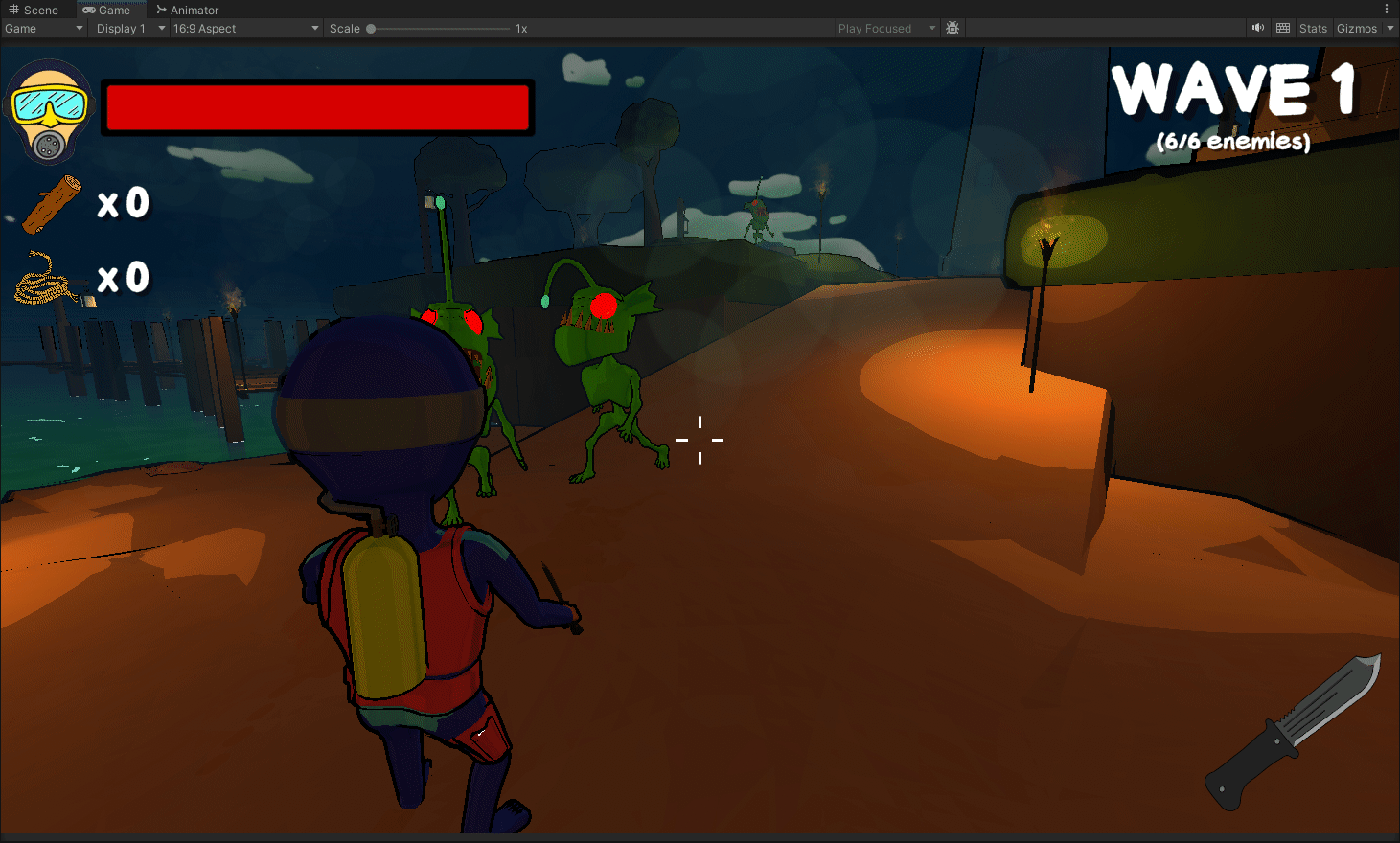
The final enemy, the Spooky Seahorses were always meant to surround you, though we added that they would flee if the player came too close to them. Without that small tweak, they would stand there and continue to shoot at you while you ran through them.
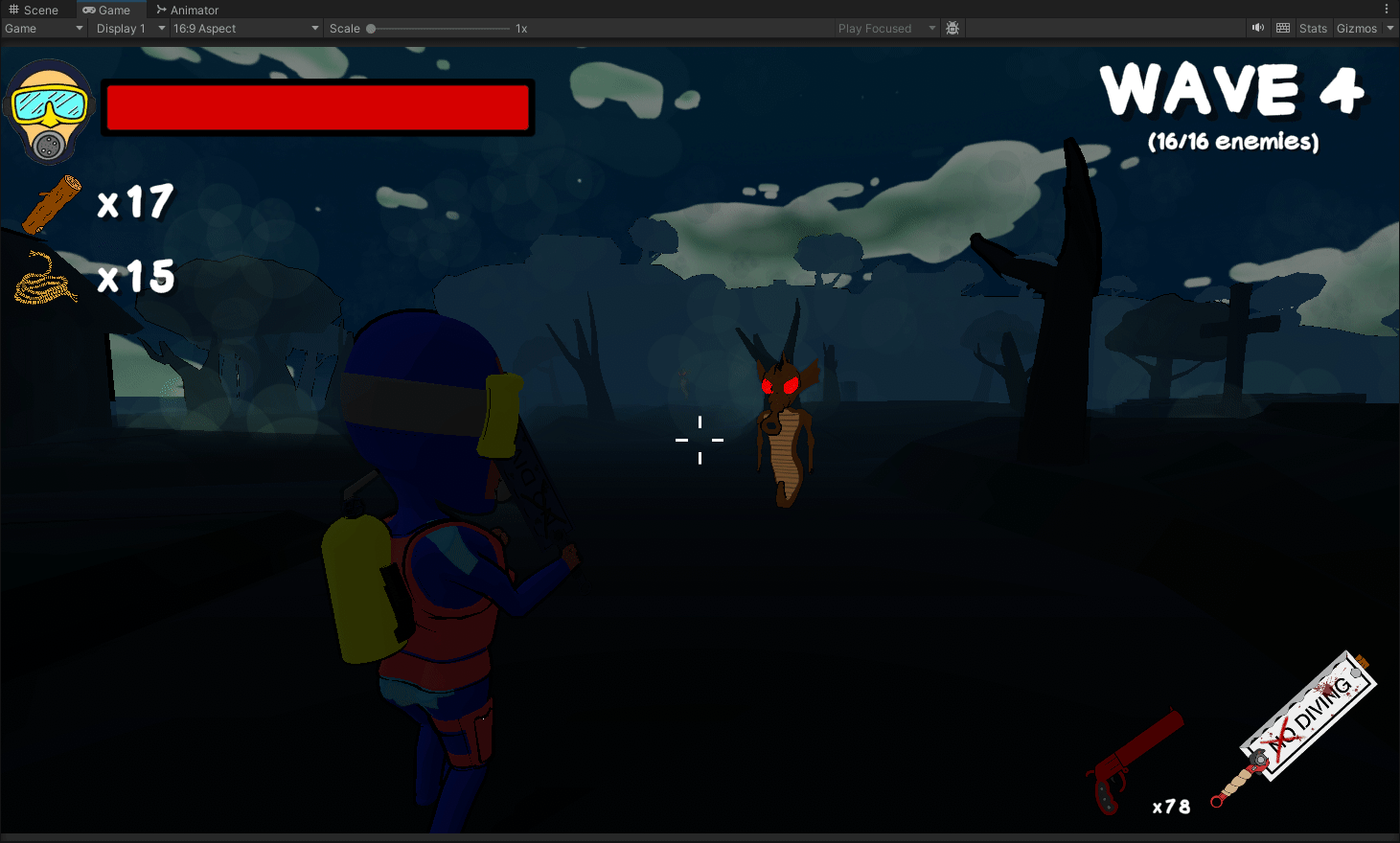
Bridge System
One of the mechanics that player will have to interact with to progress in the game is the bridge system. The map is split into multiple sections and as the player can not swim, they are expected to build their own bridge. With the enemies dropping resources to build bridges, players are expected to manage their time fighting and building adequately. To build a bridge, a player will simply have to walk up to an unbuilt section and hold the interact button until the bridge is complete. Every bridge is different, some of them take longer to build as they require more resources. Once a bridge has been built, the player is free to explore the next section of the map.

Weapon System
The last mechanic I will be discussing today is the weapon system. There are generally three types of weapons, jab melee, slash melee and ranged. Ranged weapons are all single-shot and have a cooldown after firing. The projectile will always hit the center of the crosshair with 100% accuracy. All ranged weapons require ammo to fire, so if the player finds themselves out of ammo, all they have to do is kill a few enemies with a melee weapon to replenish their supplies.
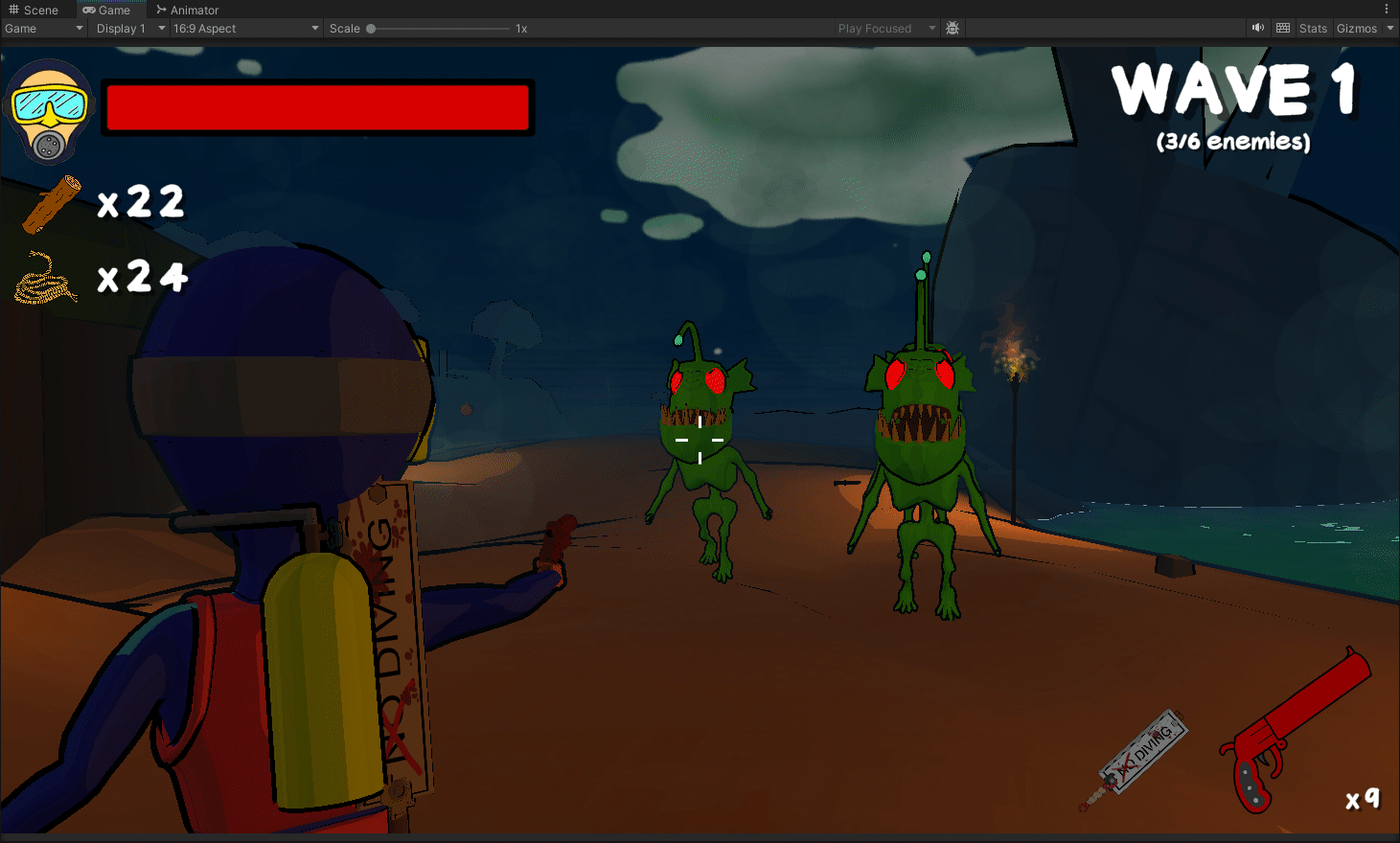
The next type of weapon is jab melees. These weapons have a small hitbox and extend out forwards from the player. The hitbox is slim and slender, requiring a bit more precision than their slashing counterparts.
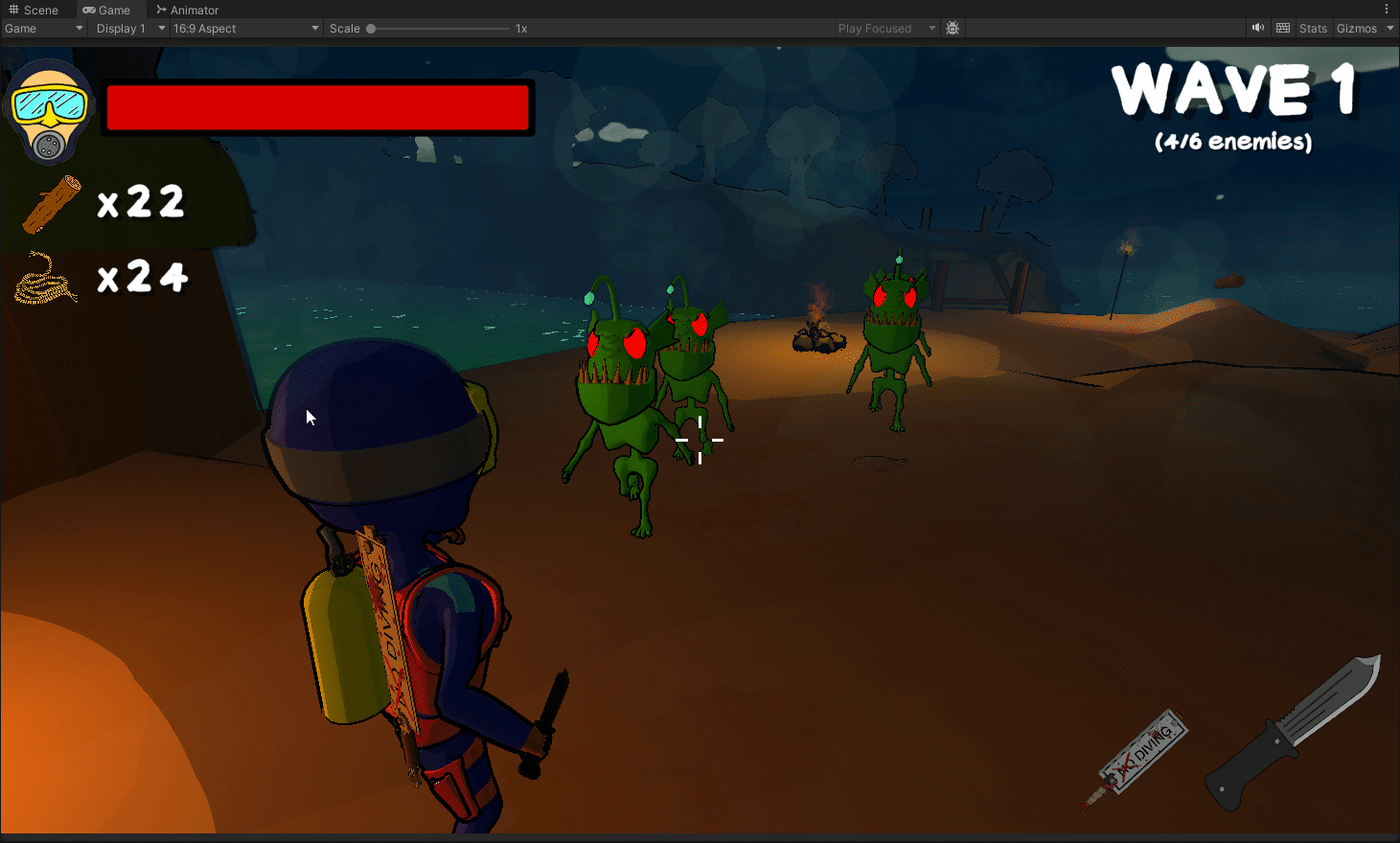
The last type of weapon is slash melees, they produce a hitbox which is more horizontal rather than deep. These types of melees can kill multiple enemies in one swing.

Accuracy is important with all weapons as each one has a cooldown. If a player misses their first shot, they will have to wait a few seconds before trying again. The player can only hold two weapons and can swap between them freely. If they try to pick up a third weapon, the weapon that they are holding will be dropped.
What did you find the most interesting?
Of all the mechanics showcased in this blog post, which did you find the most interesting? Leave your answer in the pool below and feel free to leave any feedback, thoughts, or opinions in the comments section at the bottom of the page. We highly encourage it as we love to read or hear anything you have to share. Byte Size Studios takes into consideration all the comments posted, might even make a change to the final game! Check back on Friday for our next blog post!
